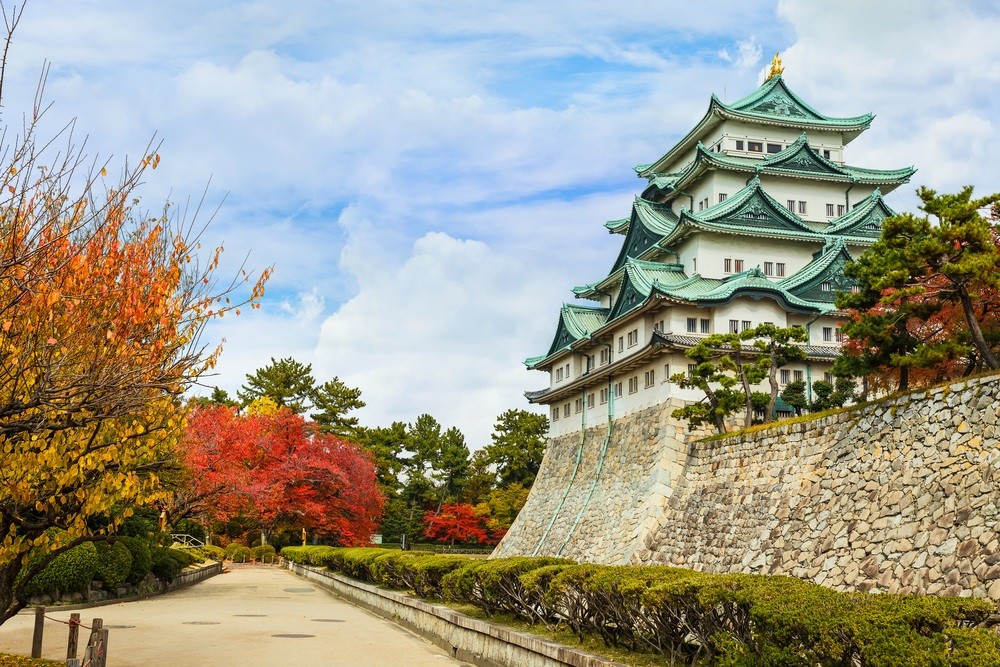Popular Reads
Top Results
Can't find what you're looking for?
View all search resultsPopular Reads
Top Results
Can't find what you're looking for?
View all search resultsCastle restoration plan with no elevators causing controversy
Change text size
Gift Premium Articles
to Anyone
A
plan to restore an iconic castle in a central Japan city to attract more tourists has faced criticism as the mayor is aiming to re-create the original structure in the 17th century and has refused to install elevators for the disabled.
Citing problems about quake resistance, the city of Nagoya will demolish the concrete main tower of Nagoya Castle and rebuild it with woodwork in 2022, which it says is more durable and similar to one built in 1612 by the Tokugawa shogunate.
As the current tower has elevators, Mayor Takashi Kawamura's fidelity to history has triggered a backlash from the public, with civic groups saying the project goes against promotion of a barrier-free society.
The city has said it plans to introduce an alternative to elevators using "new technologies," without specifying them.
Re-creating the original wooden structure was among pledges by Kawamura when he won his fourth term in last year's mayoral election. He says it is possible because historic documents such as detailed survey maps of the castle buildings have remained.
The elevator problem emerged late last year. But the project had been already plagued with other issues including its ballooning costs, estimated at 50 billion yen ($450 million) in 2016, compared with an initial projection of up to 40 billion yen. The city has also pushed back the schedule for completion from 2020 to 2022.
Read also: Exploring Japan's rising dragon
The main tower, or donjon, which Japanese call "tenshu", was designated as a national treasure in 1930 along with affiliated buildings before being lost in U.S. air raids in 1945 during World War II. The current tenshu was built as a seven-story building with reinforced concrete in 1959.
Nagoya Castle is known for the golden statues of the imaginary half-tiger, half-fish creature adorning the roof of the tenshu. Tourists queued up before the city closed the tower this month for the renovation.
A local group representing handicapped people criticized the city government last week, saying its plan not to install elevators at the re-created tenshu is contrary to the philosophy of laws banning discrimination against the disabled.
The group, Aichi Disability Forum, has also requested the Cultural Affairs Agency not to approve the city's plan, which the group says could violate human rights. The agency has oversight on national historic sites.
"I felt helpless before the stairs many times," said a member of a wheelchair users' group. "Does he (Kawamura) mean to give priority to accurate restoration over availability for all people to have fun visiting the castle safely?"
Kawamura says he is ready to talk with opponents. But the member said, "It doesn't seem we are getting anywhere even if we keep talking."
Yoshihiro Senda, a castle archeologist and professor at Nara University, said that even if the wooden tenshu is restored without elevators there must be countless other features that the original structure did not have, such as a concrete foundation to ensure quake resistance and electrical wiring.
"If you go fully historical, then you can't produce a wooden tenshu in the 21st century," Senda said.







